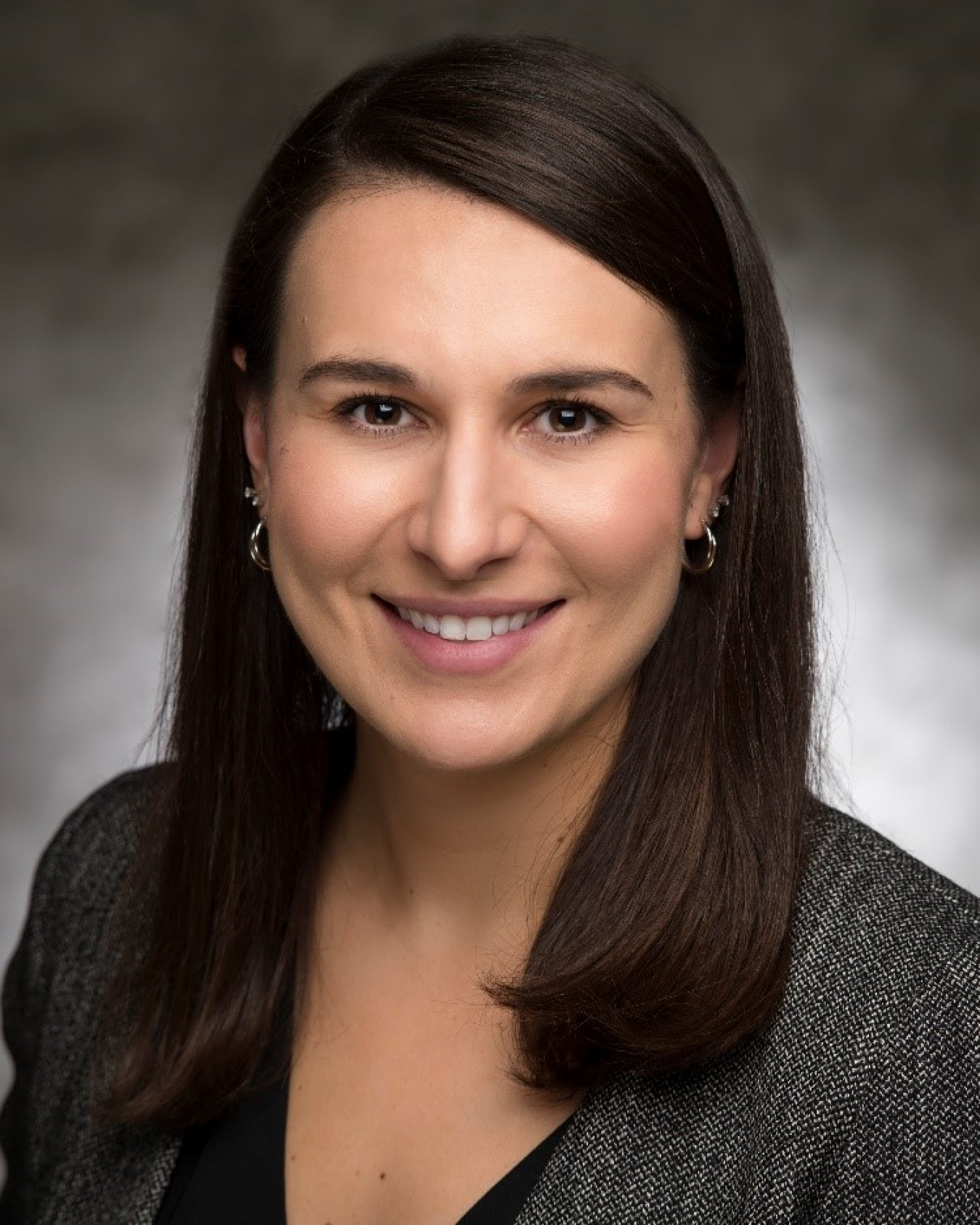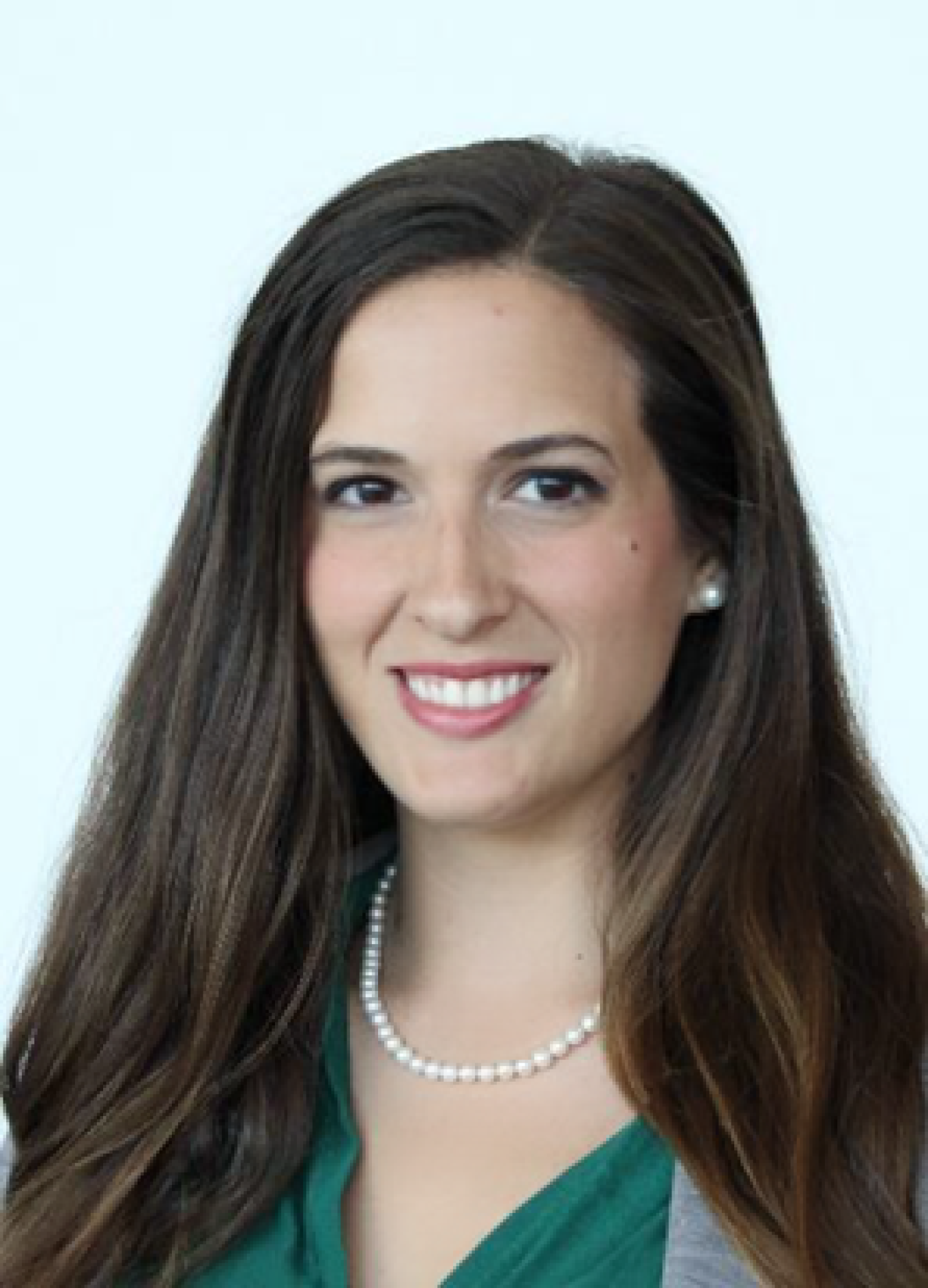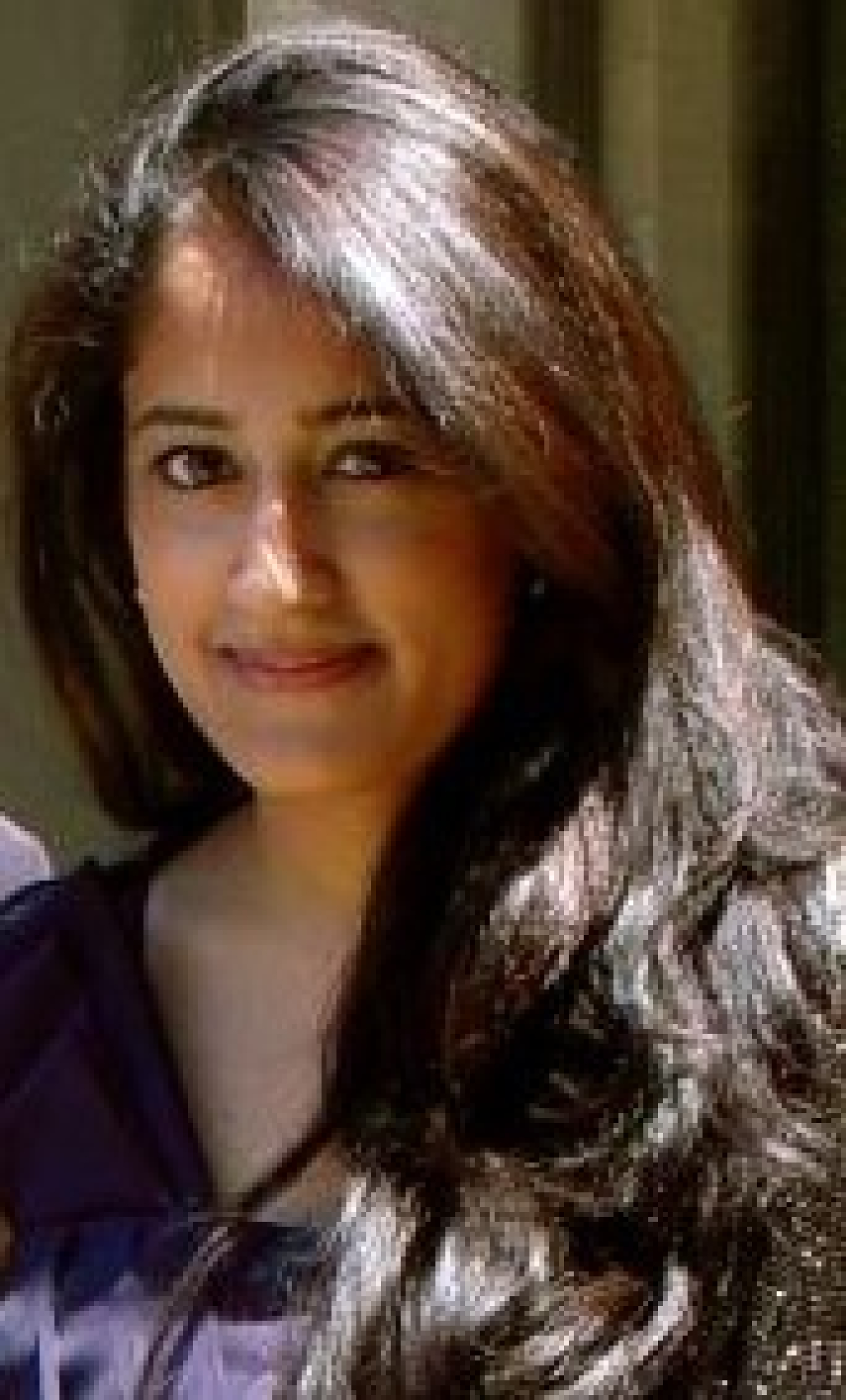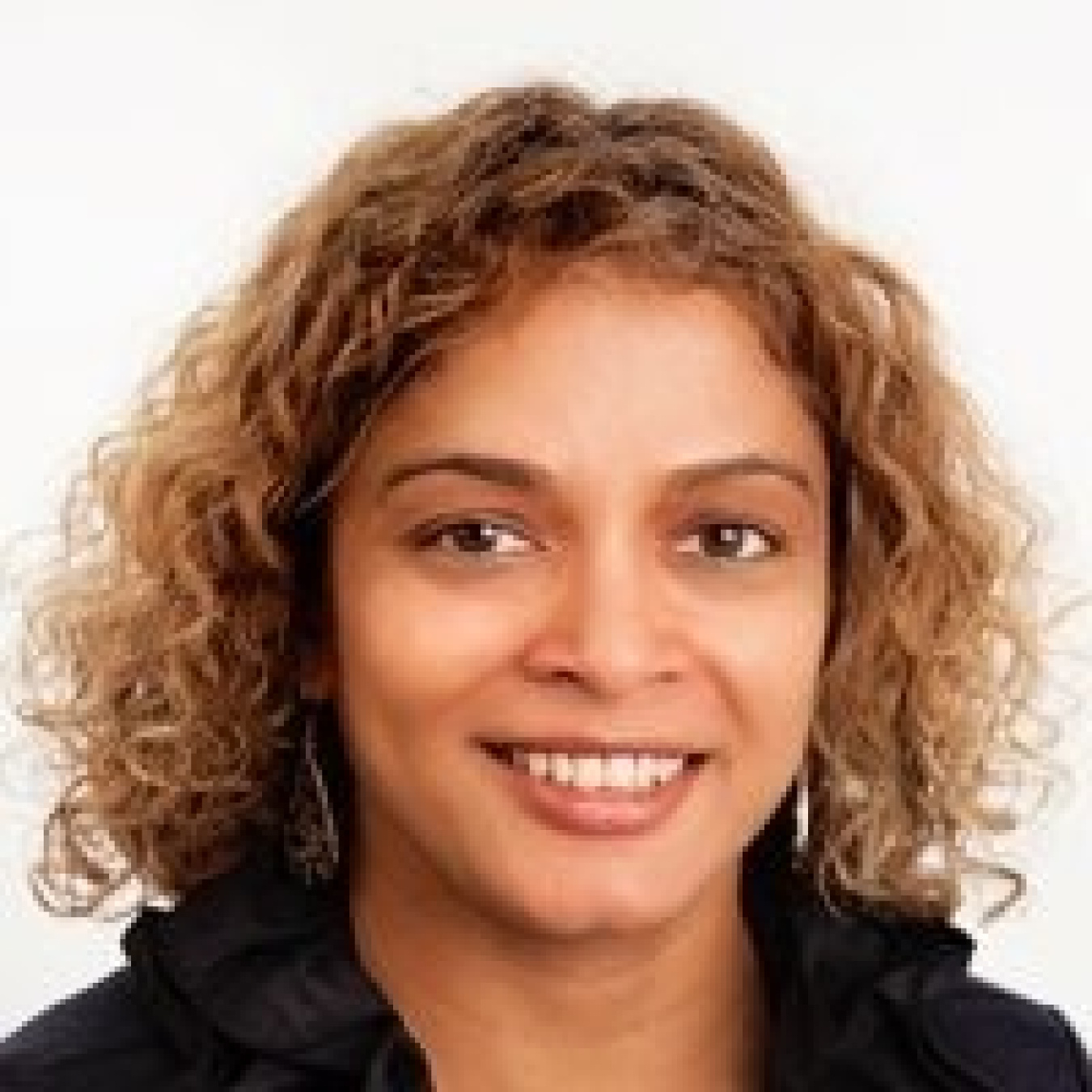Five phenomenal NNSA women are setting a new standard and forging an atypical path that other women and girls can look to for inspiration in STEM.
National Nuclear Security Administration
March 8, 2021Women make up more than half the U.S. population, yet are significantly outnumbered by men in STEM-related fields in college, and constitute only a third of the STEM workforce, with some industries showing much less representation than others. While STEM opportunities continue to grow and gain popularity, the number of women in fields such as computer science, engineering, and math have yet to see an upward shift.
However, five phenomenal NNSA women have risen above the challenge. They’re setting a new standard and forging an atypical path that other women and girls can look to for inspiration in STEM.

Brittany Boser, Uranium Program Manager, Defense Programs
“I feel fortunate to work on such a dynamic, impactful scope,” said Boser, who is responsible for managing and executing an overarching modernization strategy for the enriched uranium capabilities and infrastructure needed to maintain the stockpile and support NNSA’s Naval Reactors and Nonproliferation programs.
Boser points to her love of playing sports as part of why she pursued a STEM career. “I thrive in challenging yet collaborative environments,” she says, while acknowledging the obstacles faced by women in her field. “Culture change is hard, but by pushing the needle forward a little each day, I hope to open new doors for the next generation of women in STEM,” said Boser. “The best most productive teams are collaborative and have people from all different backgrounds, so the more inclusive we can be, the better we can accomplish the mission.”
Boser enjoys working with her colleagues and calls her HQ team a “dream.” One of her highlights includes working with Y-12 to modernize manufacturing capabilities by developing and deploying new technologies. “This past year we hit a major milestone with our new purified uranium metal capability, electrorefining, and producing the first production-quality uranium metal ‘button’ using the newly installed demonstration system.” It provides confidence that the electrorefining technology can be successfully deployed in the site’s production work environment.
Her advice to young women and girls interested in STEM: “Please stick with it. It could not be more worthwhile. You will get to solve the most interesting, challenging problems and contribute to improving the world in whichever STEM path you choose.”
Njema Frazier
Njema J. Frazier, Ph.D., Director, Office of Experimental Sciences (OES)
According to Dr. Frazier, her STEM path “started with math; got energized by physics; and was ultimately solidified in public service.” She has since spent 23 years in government as a theoretical nuclear physicist.
As OES Director, she oversees a $1.3 billion weapons science research and development (R&D) program that directs, plans, coordinates, and executes experiments in fields ranging from nuclear physics, hydrodynamics, plasma physics, and materials science, to high energy density and ignition science. In addition to her current NNSA role, Dr. Frazier is a member of the U.S. Government’s Senior Executive Service; has participated in various panels, committees, and initiatives; and has received several awards including multiple NNSA Distinguished Service Awards. And she is certainly no stranger to being featured as a star in STEM .
Having worked in the space for over several years, Dr. Frazier can attest to the underrepresentation of women in STEM fields, especially women of color. “The reality is that we need to remove the “them/us” paradigm and understand that ideas and thoughts have no gender or race. Genius and ingenuity have no gender or race,” she says. “And every person we exclude, diminish, or write off is an idea, a solution, an innovation we willfully extinguish.”
Dr. Frazier says working with smart people towards a common goal that serves the Nation is the best part of her job. “I’m always excited to see what we can achieve through science and scientific methods.”
For young women and girls interested in STEM, Dr. Frazier suggests they do their research on STEM careers and talk to people in the field, as well as consider a summer opportunity like a camp, internship, or apprenticeship. “The great thing about STEM is that it’s a bridge to anywhere: medicine, finance, history, art, music, literature… you name it. So, you can try STEM and love it – or try STEM and take one of the hundreds of off-ramps to something you may love even more. It’s a win-win!”

Hannah Gardiner, Ph.D., Federal Program Manager, Advanced Manufacturing Development, Office of Engineering and Technology Maturation (NA-115)
Since childhood, Gardiner loved math and science. So much so that any time her family went to a restaurant, instead of doodling, she would hand paper tablecloths and crayons to her parents and ask them to write out math problems for her to solve.
“Fast forward a few years and I decided to go to college for physics because it was the ‘mathiest’ of the science majors,” she says. There, she attended a nuclear science working group, which she loved, and decided to go to graduate school for nuclear engineering. “My graduate research focused on radiation detection and imaging which has many ties to national security, so by the time I graduated I was very interested to work somewhere in that space.”
In her current role, Gardiner works with NNSA sites to fund research and development of new and improved manufacturing methods.
“I love having a such broad view of the Nuclear Security Enterprise. Manufacturing is such an integral part of everything we do and there are a lot of interesting problems to solve,” says Gardiner. “My job also requires interactions with almost all the sites and many of the other NNSA HQ programs. It is a lot of fun to get to know people across the Enterprise and learn from them.”
While relatively new to NNSA, Gardiner noted a project she was grateful to work on early in her professional career. Working with the strategic planning team, Gardiner helped outline a research and development strategy for the next few decades.
“It forced me to stop and think about what the future could hold for our stockpile and how we can help shape it through the work we fund at the sites.”
Gardiner’s one word of advice to young women and girls interested in STEM: Persistence. “There are a lot of systemic issues which make life for women in STEM more difficult. But at the end of the day, it is exceedingly rewarding work and you can really make a difference in the world. And hopefully fix some of those systemic issues for the women and young girls who will follow you.”

Anagha Iyengar, Ph.D., Program Manager, Office of International Nuclear Safeguards (NA-241)
Dr. Iyengar always had an aptitude for math and science in school and seemed to naturally gravitate towards technical subject areas. “Moving to the United States at a young age from a different country, I turned to these subjects as I felt a sense of belonging in the world of numbers.” It also helped that both of her parents are in STEM fields, providing a strong support system.
Dr. Iyengar is part of the Office of International Nuclear Safeguards, within the Office of Nonproliferation and Arms Control (NPAC, or NA-24). She manages the advanced reactor international safeguards engagement activities and the bilateral safeguards cooperation with Western Europe to jointly develop or field test technologies to aid in the implementation of International Atomic Energy Agency safeguards. She also supports NPAC’s efforts to assess national security risks posed by emerging and foundational technologies.
“One of the favorite parts of my job is that I work directly at the intersection of R&D, policy, and implementation,” she says. “It is gratifying to see tools and technologies transition from the R&D phase to later stage technology readiness levels, and eventually be used in the field in support of policy implementation.”
One of her most memorable moments took place in 2019 during her previous NNSA role managing the international safeguards engagement activities with Sub-Saharan Africa. Dr. Iyengar led a team to Addis Ababa where they performed measurements at Ethiopia’s source storage facility even though it was not the typical type of support her program offered. “The experience of bringing together multiple missions within NNSA and fulfilling a partner country’s request was rewarding.”
“Be bold in the face of fear and doubt,” is her advice for young women and girls interested in STEM. “You may encounter people who will have preconceived notions or not believe in you. Believe in your abilities, be curious, and don’t be afraid to ask questions. By putting your fears aside, you will surprise yourself with how far you can go!” Dr. Iyengar also recommends actively seeking out a support system and mentors who can introduce you to STEM topics and can help expand your network.

Mansie Iyer, Ph.D., Senior Technical and Policy Advisor, IB3 Global, Office of Nuclear Smuggling Detection and Deterrence (NSDD/NA-213)
Mr. Spock from Star Trek inspired Dr. Iyer to pursue STEM studies. “I was 10 years old when I decided I wanted to study astrophysics. And I did.”
Dr. Iyer currently supports the nuclear forensics, implementation, and sustainability teams with scientific, policy, and technical expertise at NSDD. Her activities include leading the development and delivery of novel, sophisticated exercises in detection and forensics and in designing and managing assistance in forensics collaborations with Belarus, Moldova, Malaysia, Uzbekistan, Tajikistan, and Vietnam. Dr. Iyer is also the lead for NSDD’s cooperative projects with four countries in Latin America. “It’s a perfect alignment with NNSA’s mission with assisting with nonproliferation through innovative science and technology,” she says.
Last year, as part of a team, Dr. Iyer received recognition of the Green Border Security Initiative with a Secretary of Energy Achievement Award for their outstanding contributions to the NNSA mission and national security.
When some people hear STEM careers, they imagine cold rooms, lab coats, and goggles. But STEM careers can offer so much more. Just ask Dr. Iyer, and she will tell you that learning new things every day, meeting new people, and the travel are the best aspects of her job.
As for what she wants to say to women and girls interested in STEM, the advice is simple: “Nothing is gender specific and math is very cool.”

